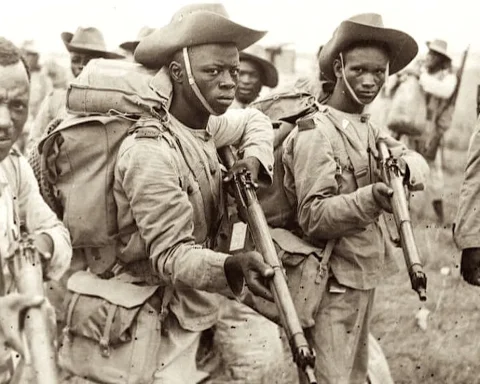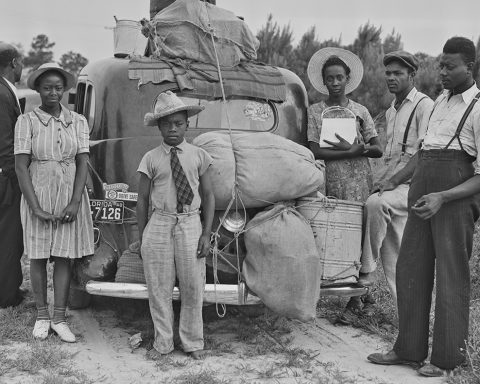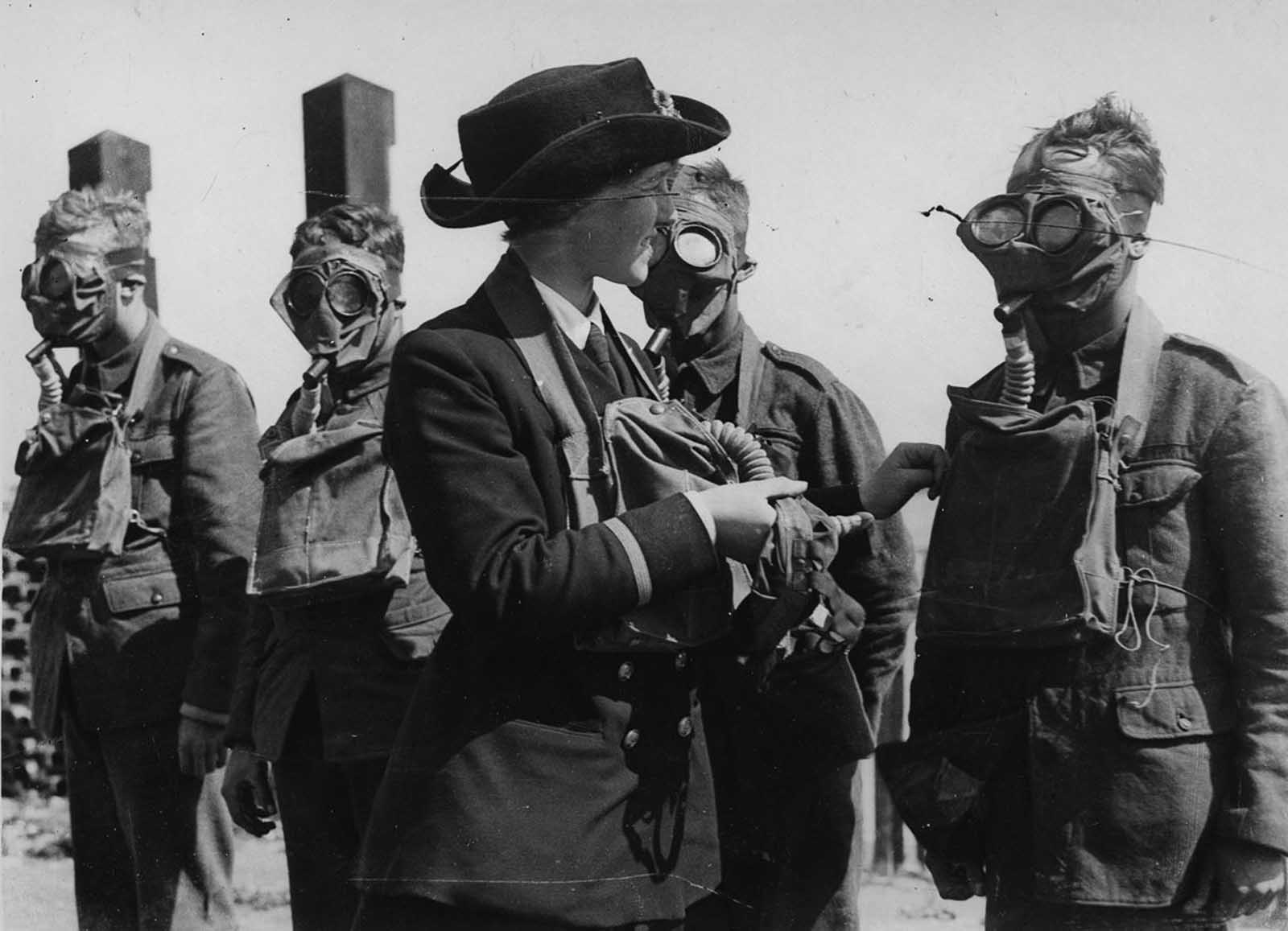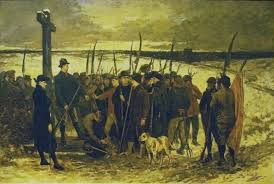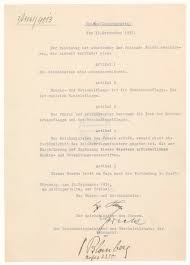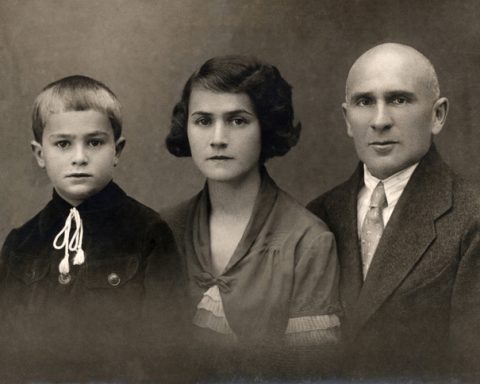Here are some little-known facts about World War I that would blow your mind.
Women’s skin turned yellow:
Before World War I, the German workforce consisted of very few women. When the war became a total war, and the services of civilian men were needed, women had to step in and fill in the space. This led to a massive inflow of women into the German workspace. Some of these women worked in organisations that produced equipment for the war. Some of the women who worked with TNT saw their skin turn yellow as a result because of they contracted toxic jaundice.
Tanks had genders:
At the beginning of the war, tanks were arranged according to their genders, with the prototype tank named Little Willie. The female tanks carried machine guns while the male tanks had cannons attached.
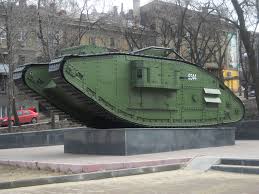
Liberty cabbage, liberty dogs and liberty sausages were born:
During the period of the war, the Americans were so highly suspicious of Germans that they killed German shepherd dogs. Products that had German names were all changed to American names. Before World War I, German was the second most widely spoken language in the US, but as the war started, the language stopped being taught in schools and German language books were banned.
Woodrow Wilson ran his campaign for a second presidential term with an anti-war phrase:
Woodrow adopted the slogan, “He kept us out of war” while campaigning for a second presidential term. This phrase which he reneged on only a month after he was sworn in. He declared war on Germany.
Explosions in France were heard in London:
Soldiers worked and dug tunnels under trenches in secret. This was so they could plant and detonate mines there. These detonations were so great that they destroyed much of the German front line, and 140 miles away, the prime minister in London heard the sound.
The youngest authenticated combatant to serve was only 12:
World War I saw a surge of people volunteering to serve for numerous reasons. Many young men faked their age to sign up early. The youngest of them was Sidney Lewis, who at the time he signed up was only 12.
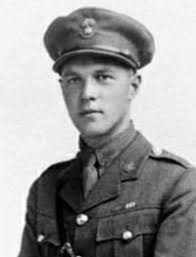
Lewis WWI led to major strides in modern medicine:
The sight of the numerous faces and injuries the soldiers got from the war inspired Harold Gillies to establish the field of Plastic Surgery; this pioneered the first attempts at facial reconstruction. This period also brought about significant strides in blood transfusion.

